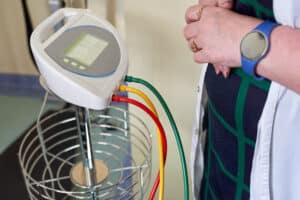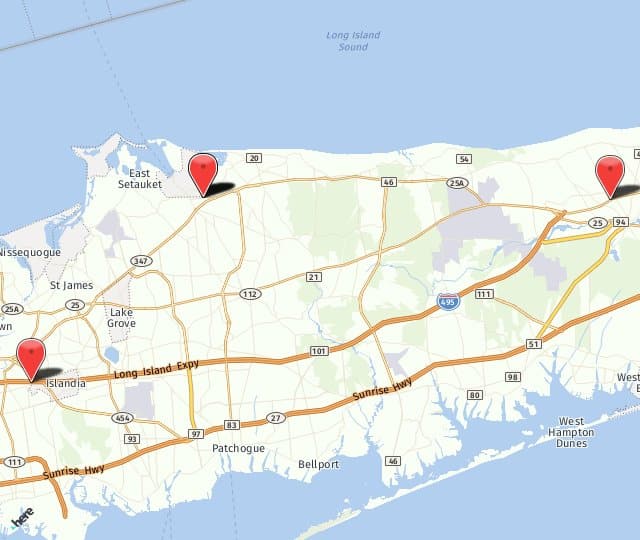
Understanding Peripheral Artery Disease
PAD is a disease that involves the circulatory system. It occurs when the extremities farthest from the heart, the feet and legs, don’t receive the nutrients and oxygenation needed for adequate function. While we usually see peripheral artery disease in these lower extremities, symptoms may occur elsewhere. One reason that PAD may develop is that the heart does not pump the blood forcefully enough to reach the distal extremities. Another is that the arteries that carry oxygenated blood from the heart to the body are coated with arterial plaque. This plaque is formed of cholesterol, fatty deposits, and calcium.
Factors that can contribute to the onset of peripheral artery disease include:
- Age. PAD is usually diagnosed in adults over age 50.
- Sedentary lifestyle.
- An unhealthy diet that is high in fatty foods.
- Diabetes.
- Obesity.
- Smoking.
Symptoms of PAD
The symptoms of PAD may look slightly different in every case. The following may range from mild to severe:
- Leg pain, usually in the calf area
- Discoloration of the skin in the leg or foot
- Leg cramps while sitting or standing
- Slower toenail or hair growth
- Constant coldness, only one leg or foot
- Open leg sores that fail to heal
Treating Peripheral Artery Disease
Regardless of how mild the symptoms of peripheral artery disease are, they should not be ignored. When an appropriate diagnosis is made, the condition may respond well to conservative care, such as lifestyle modifications. Even if medical intervention is necessary, patients may support optimal results by increasing their physical activity. A 45-minute walk each day is sufficient to boost circulation and potentially ease PAD symptoms. Additionally, patients are encouraged to reduce their intake of fatty foods, sugar, and processed foods and increase the consumption of fresh vegetables, healthy fats, and lean protein. Smoking should be strictly avoided.
We are proud to serve the Hauppauge, Port Jefferson, and Riverhead NY areas. Contact us today to schedule your consultation to discuss treatment options for peripheral artery disease.

